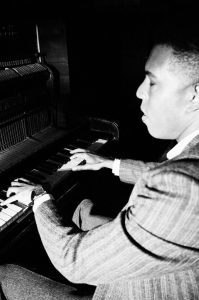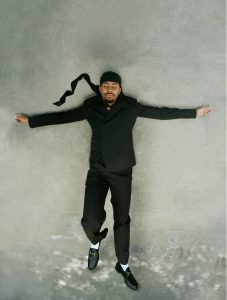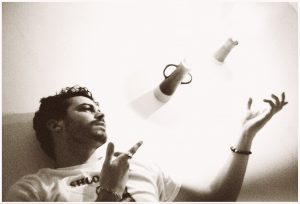The multi-talented image-maker and musician tells us why his latest album S16 employs the industrial world to explore emotional salvation
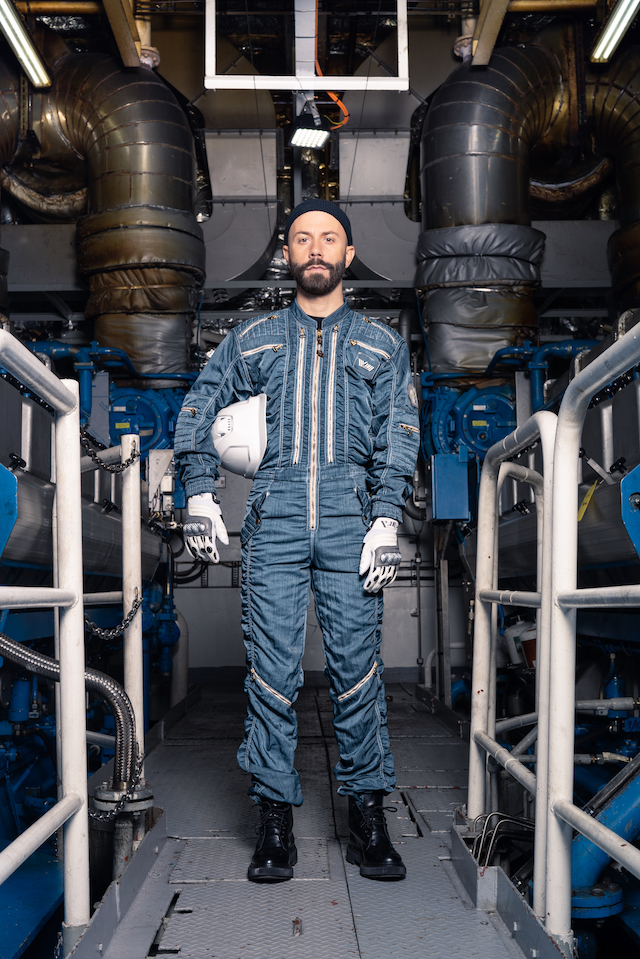
In a time when the term multi-disciplinary is bandied about a little too frivolously, Yoann Lemoine aka Woodkid is one of the few among us who can lay claim to being a genuine creative wunderkind. The French director, graphic designer and songwriter includes the likes of Louis Vuitton, Beyoncé and Lana Del Ray among his clients, and was nominated for a Grammy for the powerfully emotive video for his first solo musical offering “Run Boy Run” back in 2012. His second album S16 has been quite a long time coming, given the many accolades he has already accrued with his debut The Golden Age, and when you become aware of its considerable conceptual depth, it is no surprise why. Named after the numerical value for sulphur, one of the key elements in all life on the planet, S16 does not shy away from themes pertinent to our transformative age, such as trans-humanism, climate chaos, individual responsibility in the face of gargantuan forces, and the increasingly tenuous balance between nature and the industrial world. Here, the LGBT icon tells us why so-called success can be something of a double-edged sword, and explains how reaching out for help changed his life, and perspective, forever.
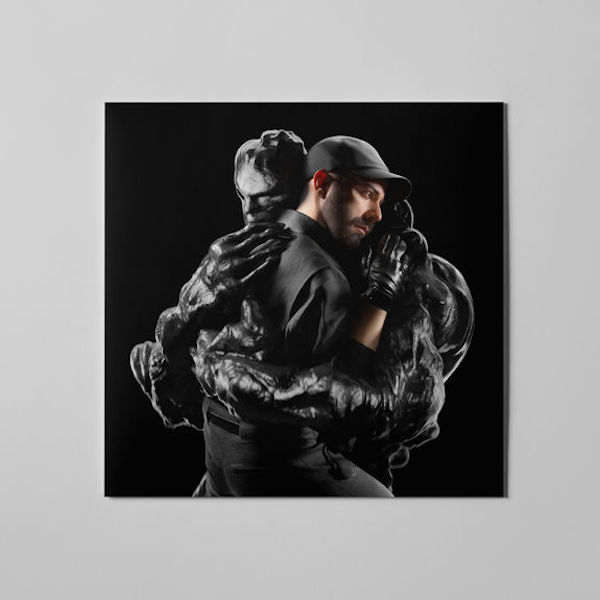
What do you think sets this record apart from your debut?
I think this album is more objective than my first record, and it is an observation of the world and my fascination with, and repulsion from, many forces at play that are much bigger than me. The lyrical content of the record is very intimate – it’s about inner feelings and the mechanisms and patterns of addiction, and the fluidity of love through to self-hatred. I needed to use a metaphor for all of that that was bigger, and I had a feeling that the industrial world would somehow be a key both visually and sonically – I felt that everything that was happening in the industrial world on a big scale was exactly what was happening inside of me.
What would you say you learned in the process of making the record?
There’s one thread on the record that’s kind of consistent, which is the beauty there is in asking for help. That is something that is pretty new in my life that I’ve had to deal with because it has to do with ego, and it has to do with a certain heritage of – sorry, I’m going to use a phrase that is kind of trendy – toxic masculinity. Ever since I started to hear that phrase in the media, it’s almost like I had a revelation. I realised that it was driving a lot of patterns in me, including the fact that I was absolutely not able to take care of myself. I went really down during the process of making this record, and the answer was in asking for help from other people to help me get better. It’s something that I wouldn’t have been able to do a few years ago, and it felt beautiful asking for help. I realised that emotionally you can’t be strong all the time, and that fragility is essential in the communication of emotions.
Why is the album called S16?
I visited so many places before making the record – nuclear reactors, massive factories and mines – because I wanted to explore those unbeatable forces at play in life that I find fascinating, and through that process I came up with the title being based around the idea of sulphur – one of the key periodic elements. It’s one the lead elements of life, and is represented by the number 16, which is also associated with the wheel of suffering in India. There’s a very interesting ambiguity in that for me. If you think of the most beautiful moments of your life, then I would say there is a 90 per cent chance they came after a period of being down, and I think my album is kind of about this for me. There is no joy without pain. The album is a journey of hope and resilience.
“There is no joy without pain. The album is a journey of hope and resilience.”
Why has it been so long between your very successful debut and this new release?
I kind of had to digest the success of the first record because that was something that was quite a life-changing experience in many ways, both positively and negatively. I wanted to learn more, and feel that I had something I could really say. I didn’t want to feel like I was just using the success of the first one to make a second one. I think also I had a real realisation that you can have an illusion of success without hard work, and I had to make very conscious choices. I decided to stop directing commercials because, although it was a lot of money, it didn’t make me happy at all, and I was entering a pattern of self-confidence that was an illusion, because I wouldn’t learn much doing it, and it was not really aligning with my conscience. I am now very conscious now of the things I can accept and the things I cannot. When the US army is calling and offering me a million dollars to use “Run Boy Run” in a television commercial, that’s definitely a line for me, and I’m not crossing it.
S16 is released October 16 on Universal Records

